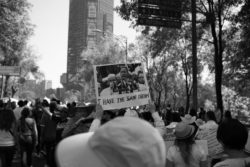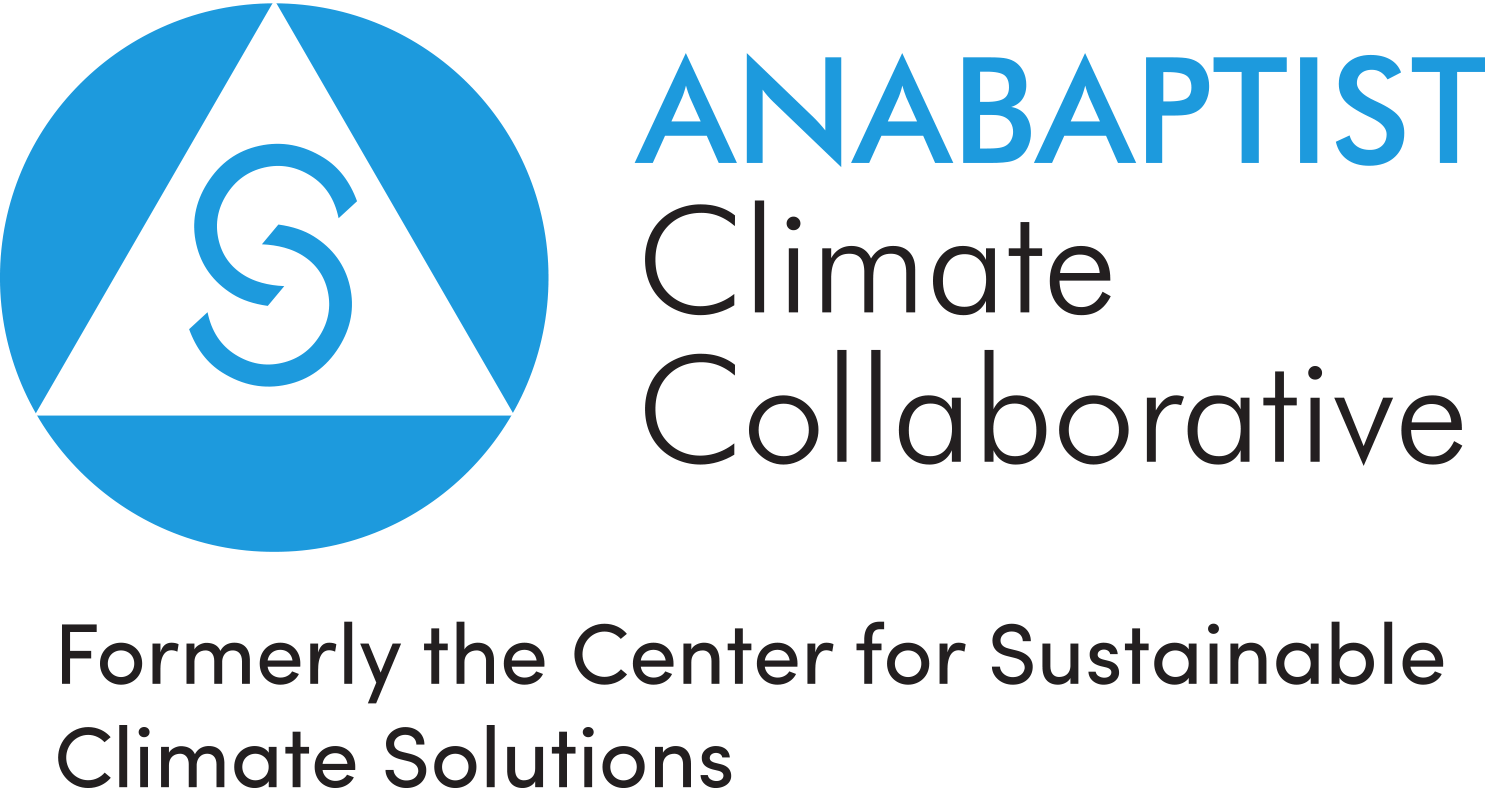
When Martin Luther King, Jr. envisioned a world with civil rights for all, he envisioned what many have called the ‘beloved community’.
Jacqueline Patterson, who sits on the Board of Reference at the Center, and directs the NAACP Environmental and Climate Justice Program, calls the beloved community “a community where we have racial justice, where we don’t have discrimination and where we’re living together as brothers and sisters sitting at common tables together and enjoying the bounty that this earth has to offer without divisions.”
This understanding of the beloved community, as a community without discrimination, with common values and understanding, as well as a compassion to share the earth’s bounty with others, fits well into the Mennonite desire for a ‘better world’. As we reflect on Martin Luther King, Jr. day as a Mennonite community, it may be useful for us to use his framework of the ‘beloved community’ for issues facing the church today.
“We see climate change as a civil rights issue.”
– Jacqueline Patterson, Director, NAACP Environmental and Climate Justice Program
Since climate change disproportionately affects minority and low-income populations, using the ‘beloved community’ framework for understanding it might not be so far off. Yale Climate Communications gives examples of this disproportionate affect in their article, A vision on climate change, inspired by Martin Luther King, Jr.
Samantha Harrington, author of the article, says that “it’s low income residents who struggle most with pollution, food insecurity, and the lack of resources to rebuild after a disaster.”
While the disproportionate affects of climate change are disturbing, the ‘beloved community’ framework does offer a positive outlook on the situation. Rather then getting stuck in the current injustices presented by the system that contributed to climate change, MLK’s framework suggests to envision what the community should look like, and use that as a goal to work towards. This, according to Jacqueline Patterson, is what will allow people to “really start to think in terms of solutions.”
Photo by Jerónimo Bernot on Unsplash
Article inspired by audio from Yale Climate Communications
Article by Daniel Bellerose

